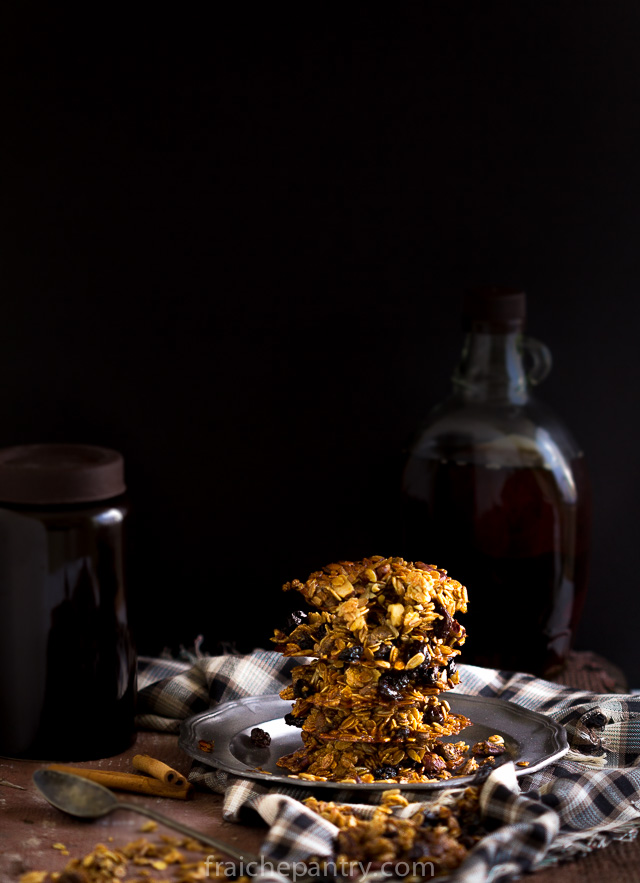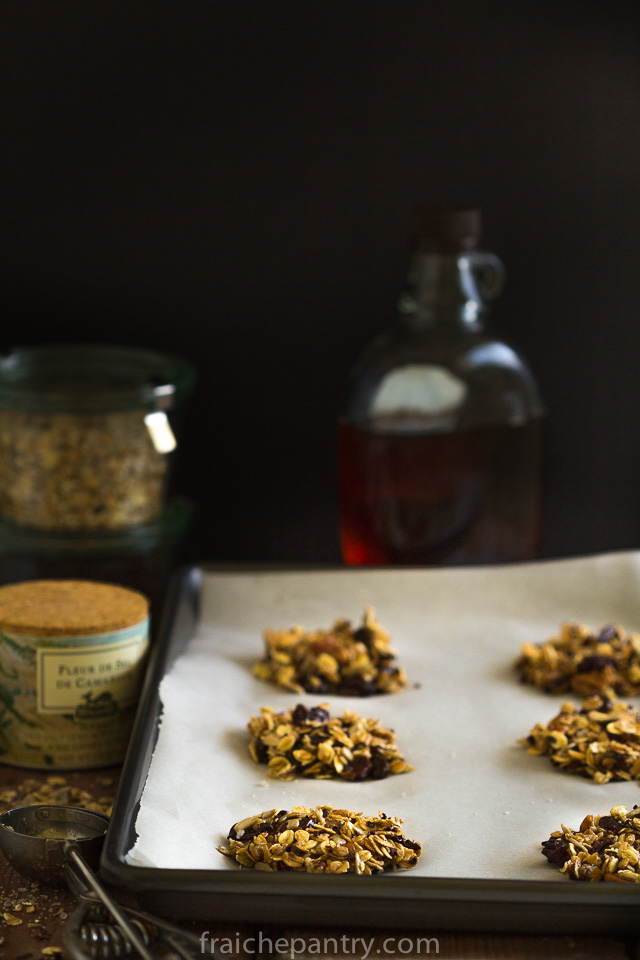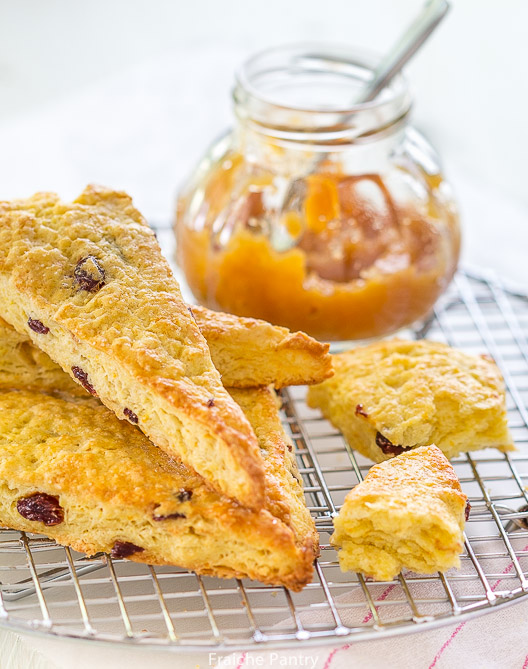
“The highlander lay dying in his bed. In death’s agony, he suddenly smelled the aroma of his favorite scones wafting up the stairs. He gathered his remaining strength, and lifted himself from the bed. Leaning agains the wall, he slowly made his way out of the bedroom…and forced himself downstairs. He leaned against the door frame gazing into the kitchen.
Were it not for death’s agony, he would have thought himself already in heaven: for there, spread out upon newspaper on the kitchen table were dozens of his favorite scones.
Was it heaven? Or was it one final act of heroic love from his devoted wife, seeing to it that he left this world a happy man?
Mustering one great final effort, he threw himself towards the table..his salivating parted lips; the wondrous taste of the scone was already in his mouth, seemingly bringing him back to life. His hand made its way to the nearest scone at the edge of the table, when it was suddenly smacked with a spoon by his wife. “Stay out of those” she said, “They’re for the funeral.”
(Highland Humor.. Scottish joke)
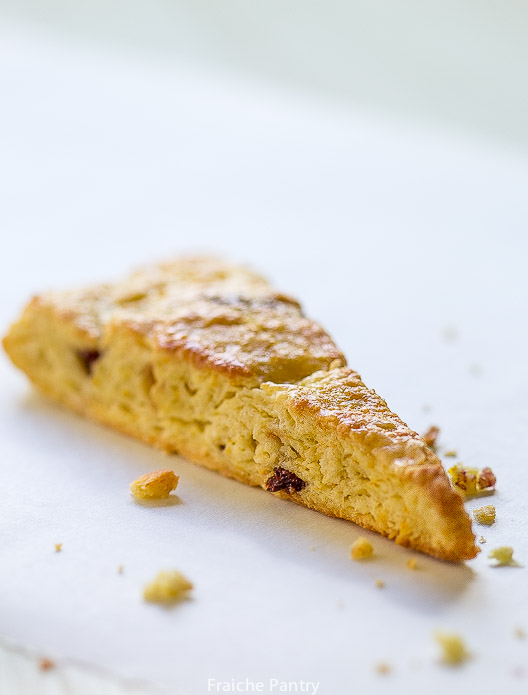
Ah! the smell of fresh baked scones. It never ceases to make me feel all warm and fuzzy inside.
Like Proust and his madeleines and The Highlander and his scones, we all have that one dish, smell or aroma that takes us back in time and makes us feel nostalgic . For me, scones, remind me of home. They always take me back to those cherished moments I spent as a child visiting my grandmother for an afternoon tea after school. Their familiar smell is comforting – It makes me feel home. I hope this recipe will take you back to your own cherished moments..
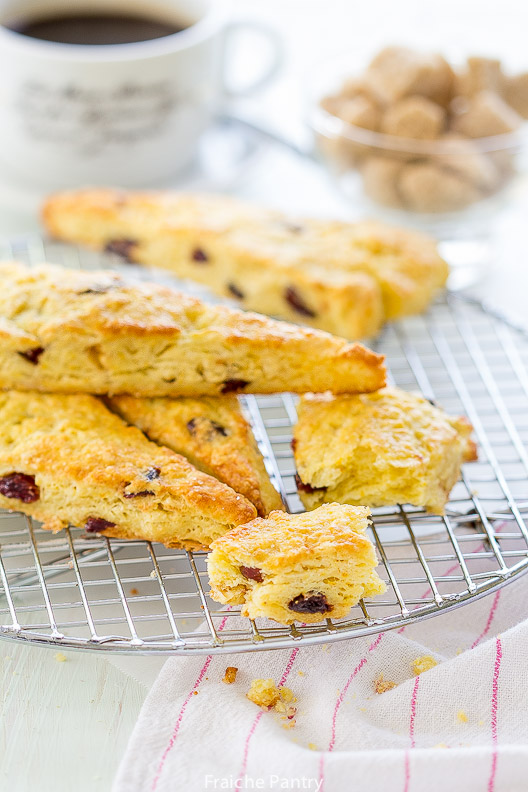
But before we get to the scones, let me just say: a lot has happened since I last posted. Oh, the stress of moving. Picking up and moving your entire life can be one of the most challenging times in one’s life. First, it took me two months of decluttering and packing – sifting through trash and treasures, getting rid of things I will not miss. Then another two months of unpacking and organizing. Finally, everything (well, almost) is unpacked. All my things are where they should be. My kitchen is organized – my dishes are neatly stacked in the cabinets, yet somehow, I still felt unsettled. Something was lacking – it didn’t feel like home. When my sister suggested I bake something, I realized that since we’ve moved in the new house, I haven’t cooked or baked anything. We were so busy unpacking we lived on take out. The house was lacking the smell of home cooking – the kind that brings good memories and gives us a feel of comfort and peace. It was time to bake and make this house smell and feel like “home sweet home” and what better than savoring a batch of freshly baked scones on a sunday morning…
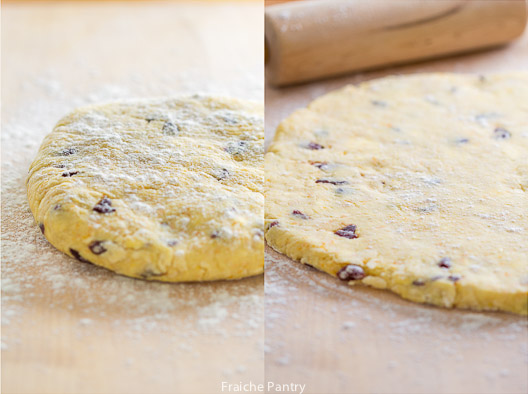
There are many debates on how to make traditional scones. To suit my own taste, I do not burden myself with authenticity. I like my scones light with crispy exterior and soft, flaky interior. Absolute freshness is key – they should be enjoyed straight from the oven.
Whipping up perfect scones, though it seems like child’s play compared to other confections, all too often result in flat dense biscuits barely worth the effort of buttering. So, remember, the less you handle dough the lighter and flakier your scones will be.
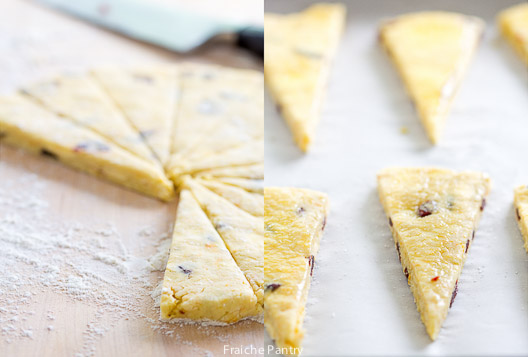
- 2 cups all-purpose flour
- ¼ cup granulated sugar
- 3 tsp baking powder
- 4 oz cold unsalted butter, cut into small pieces
- 1 egg
- ½ cup buttermilk
- Zest of 1 orange
- 1 tbs of coarse sugar
- ½ cup tart cherries
- Preheat oven to 350 degrees. Line a baking sheet with parchment paper.
- In a food processor combine the flour, sugar, baking powder and salt and pulse to combine. Add the butter and pulse until mixture resembles pea-size crumbs. Stir tart cherries.
- If mixing by hand, combine all dry ingredients. Add cubed butter and cut into flour with your fingertips or a pastry cutter until pea-size crumbs form.
- In a small bowl, combine the egg, buttermilk and orange zest. Whisk until blended and add to flour mixture. Pulse until clumps of dough form or use a fork if mixing by hand.
- Turn the dough onto a lightly floured surface and press it together with your hands until it comes together into a ball. Roll out the dough to about ½ inch thick. Cut it into equally sized wedges or using a pastry round cutter cut it into rounds.
- Place scones an inch apart onto prepared baking sheet. Brush with egg wash and sprinkle with sugar. Bake at 350 degrees for about 25 minutes or until golden. Let scones cool for few minutes before serving..
You can freeze a batch of unbaked scones for later use. First lay them on a cookie sheet lined with parchment paper. Cover with plastic wrap and freeze for an hour. Once frozen, wrap them individually in plastic wrap and use a plastic freezer bag to store them in the freezer. Glaze before baking.
If you don't have buttermilk, you can substitute by adding a tablespoon of lemon juice to a cup of milk or cream.

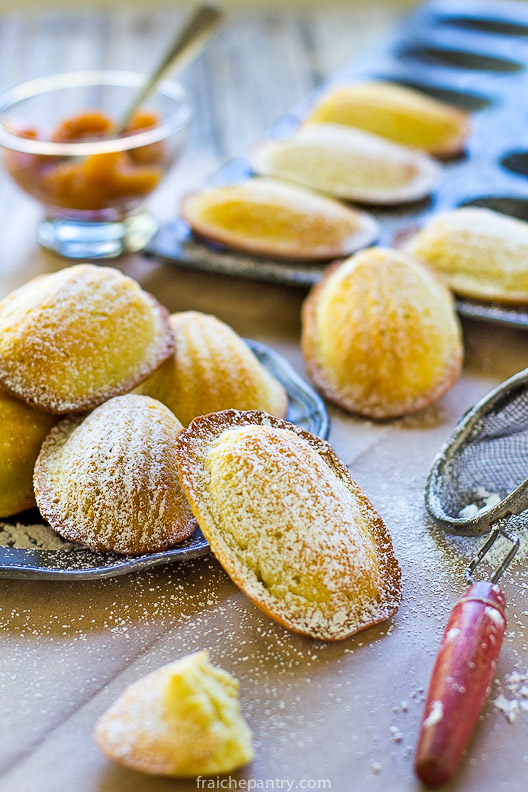
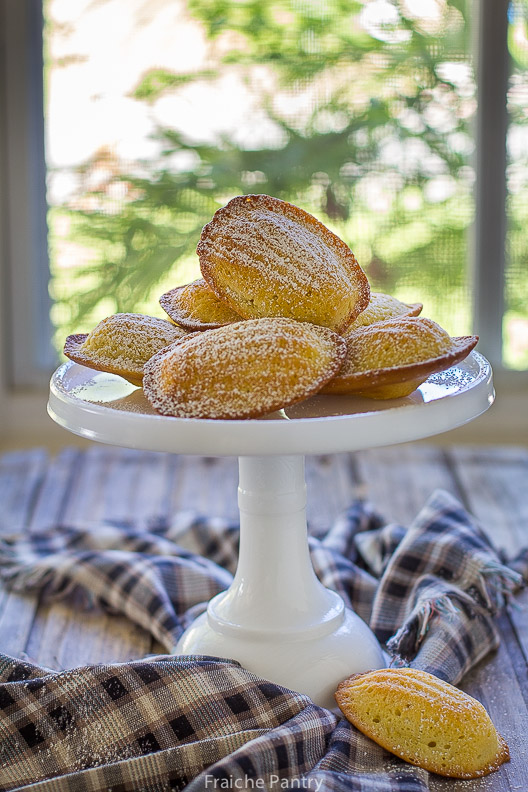
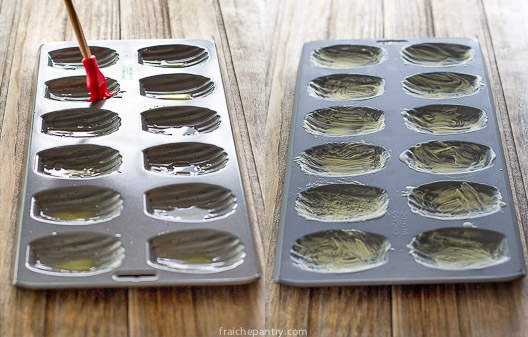
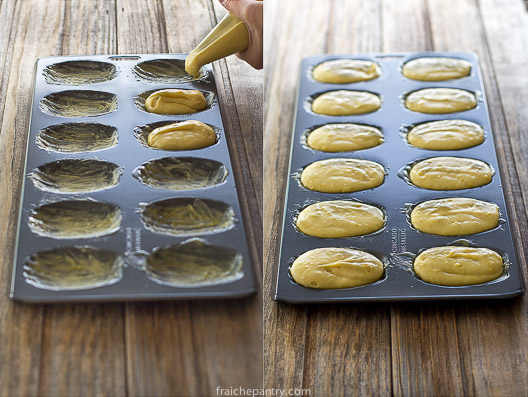

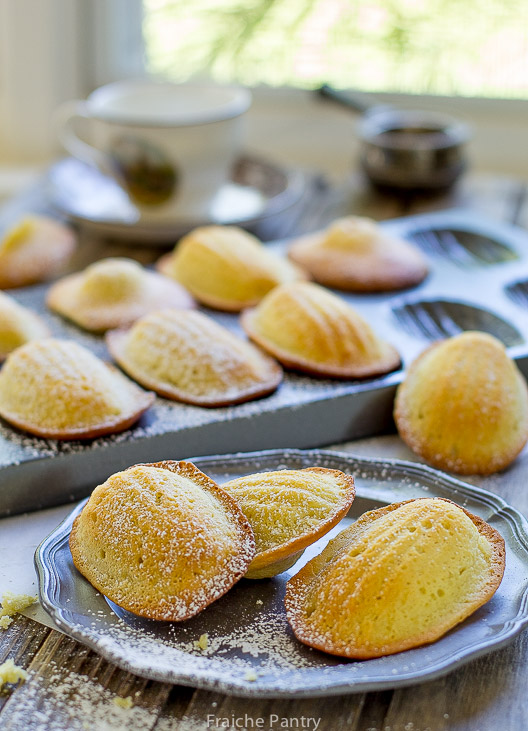
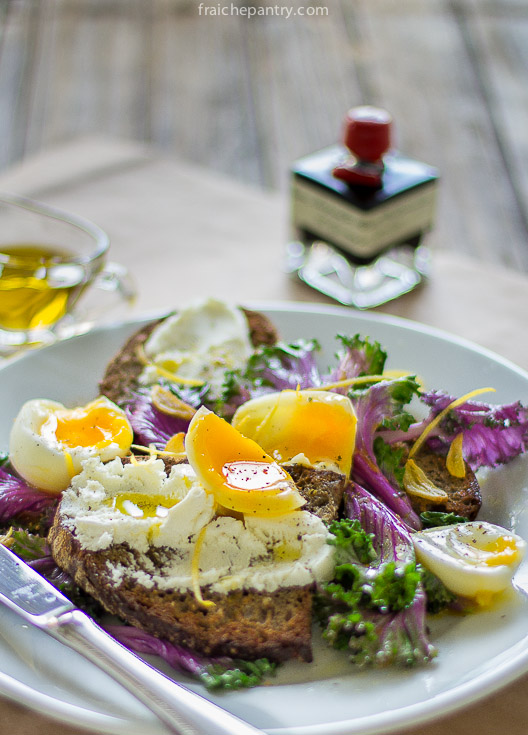
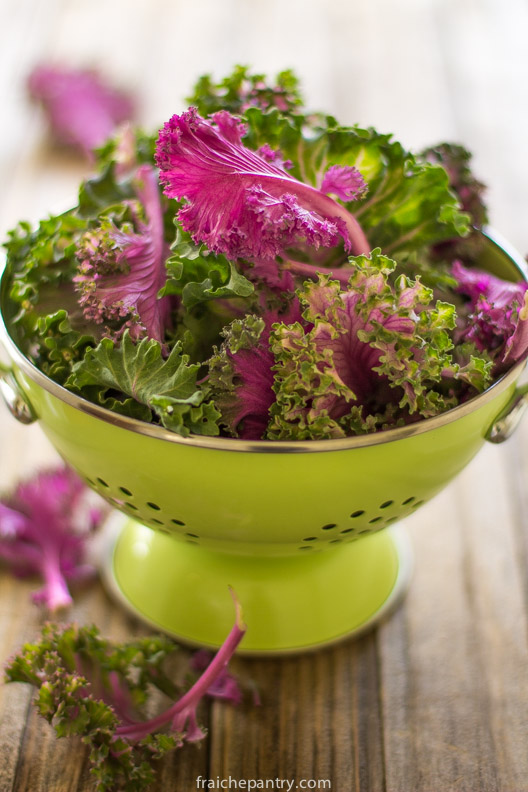
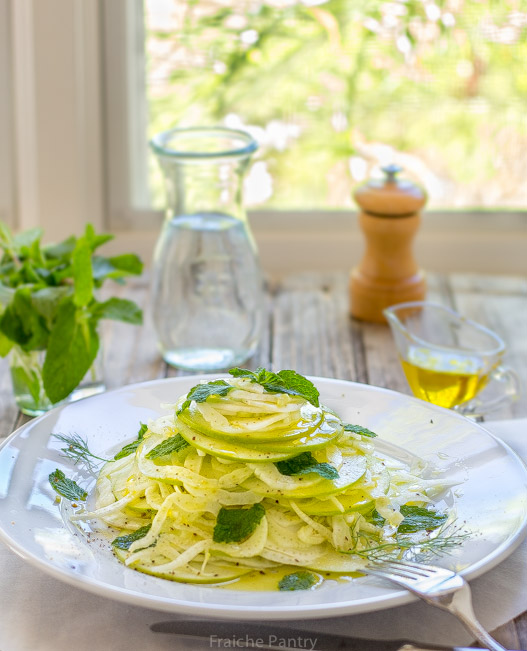


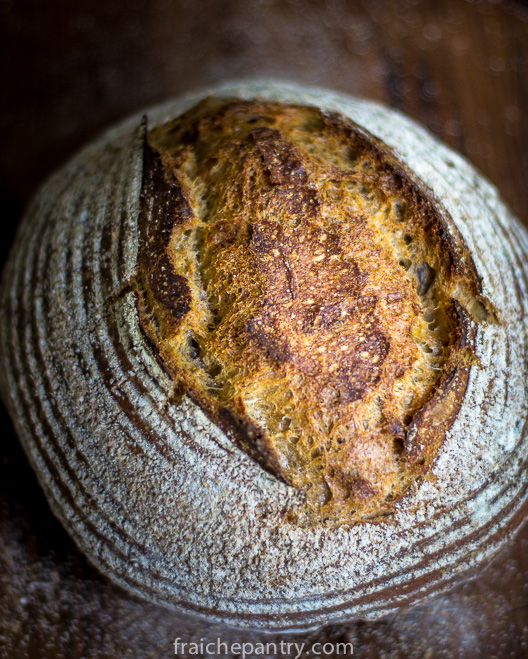
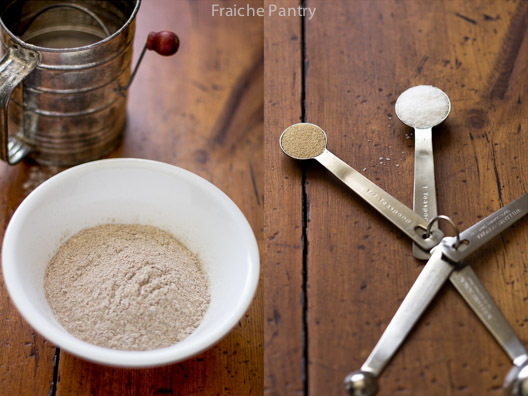
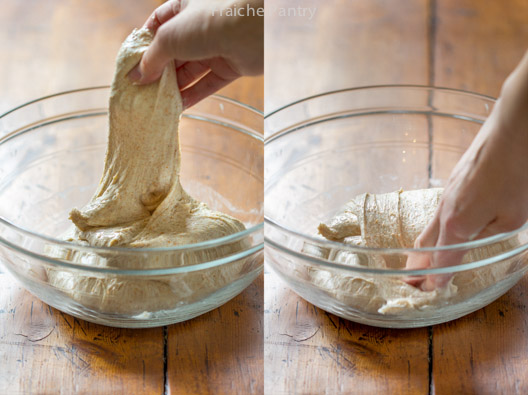
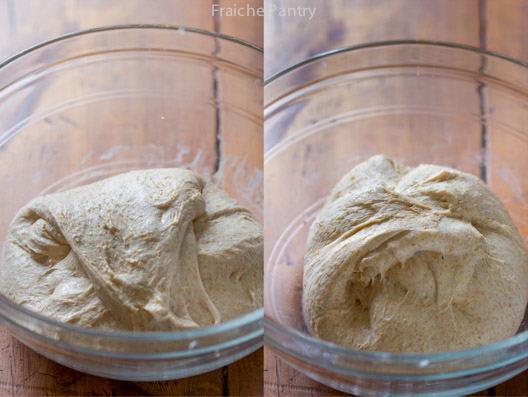
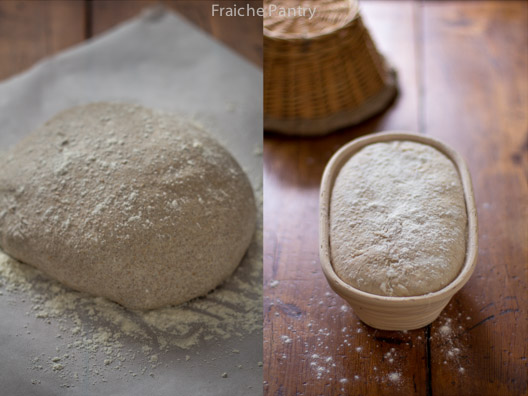

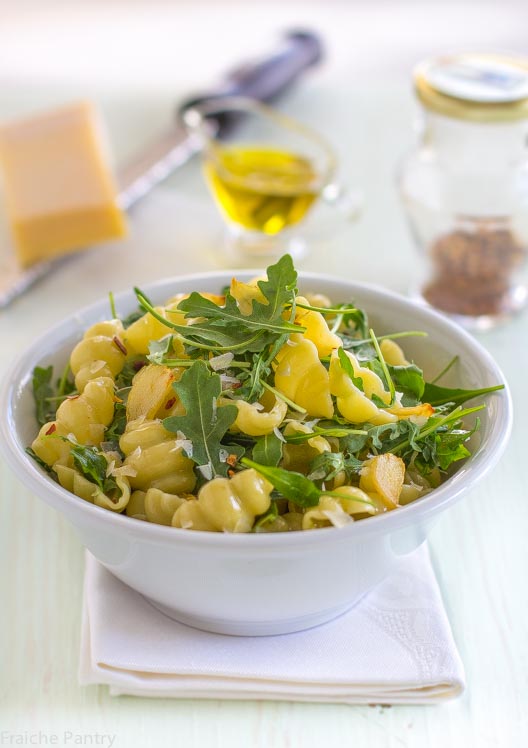
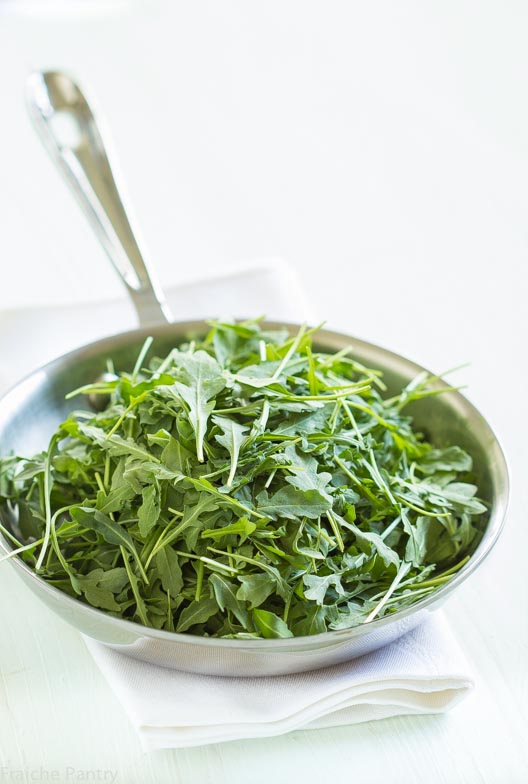
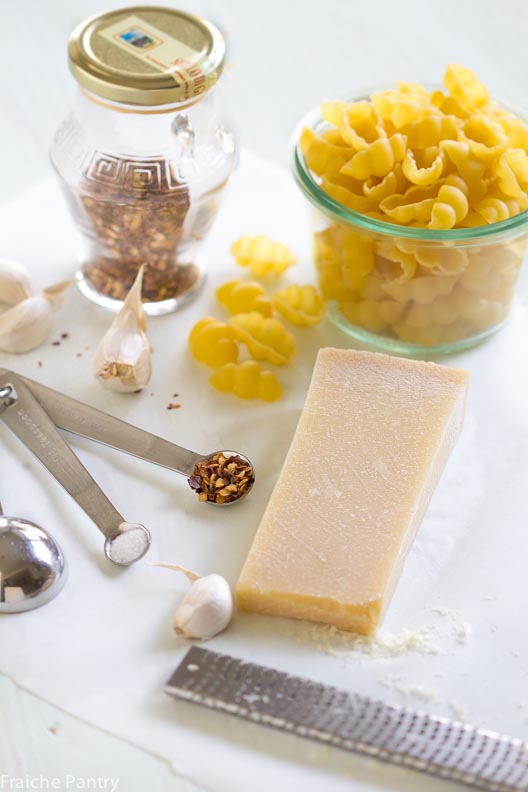
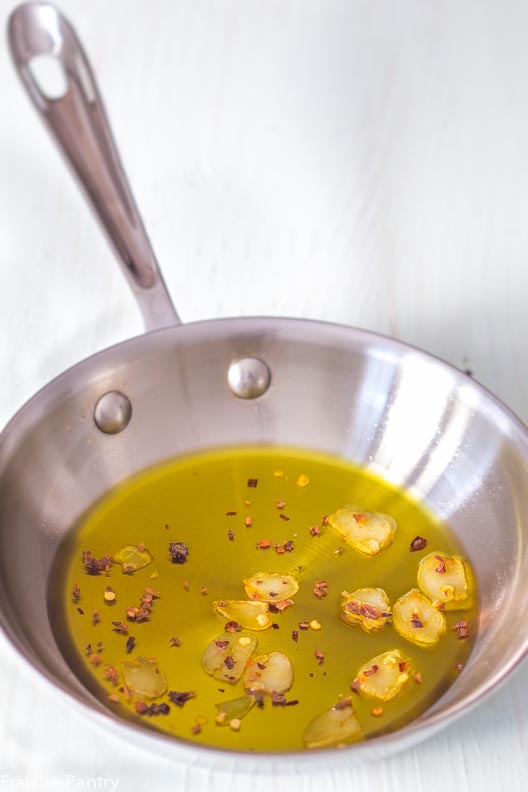
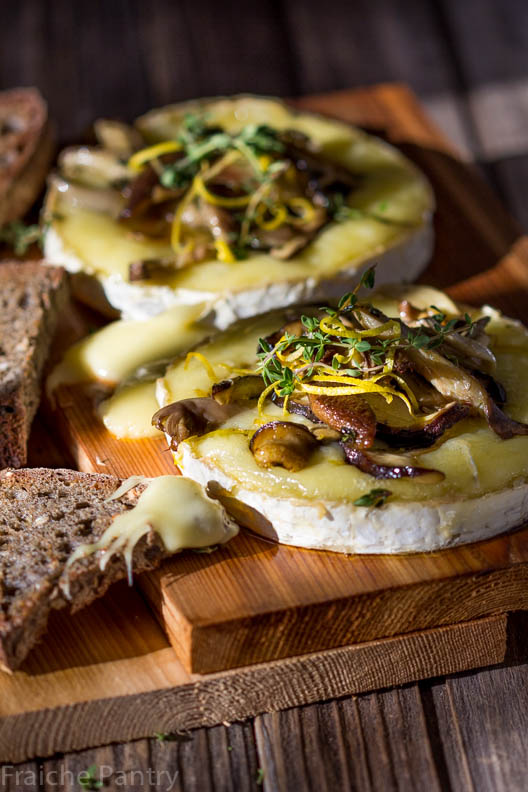
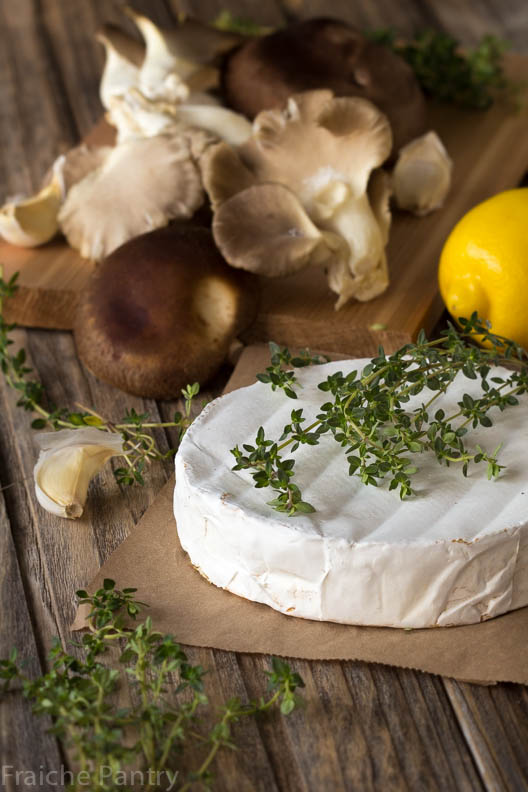
 Brie de Meaux is more delicate than its sister Brie de Melun which is more rustic and full flavored. Good luck finding either of them in the United States. They are both made from raw milk and thus prohibited from entering the US.
Brie de Meaux is more delicate than its sister Brie de Melun which is more rustic and full flavored. Good luck finding either of them in the United States. They are both made from raw milk and thus prohibited from entering the US.